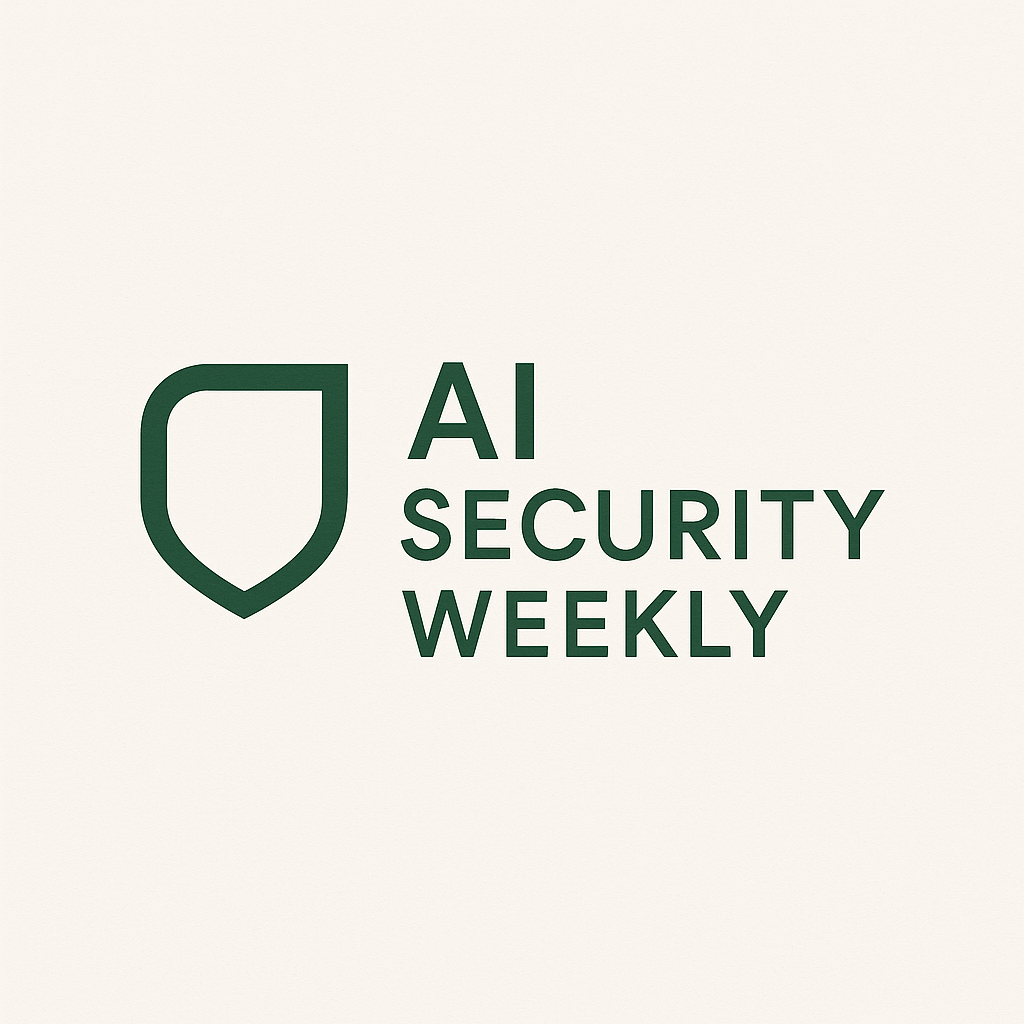AWS has introduced the Well-Architected Generative AI Lens, designed to offer best practices for creating and managing generative AI workloads. This resource targets business leaders, data scientists, architects, and engineers tasked with delivering effective and economical generative AI solutions. The document includes cloud-agnostic best practices, guidance for implementation, and links to further resources.
The Generative AI Lens takes into account the principles of responsible AI, emphasizing the unique challenges posed by new AI capabilities. It outlines several considerations for customers to examine and address, particularly the importance of ensuring the accuracy and robustness of outputs, even in response to unexpected or adversarial inputs. This focus marks a shift from conventional machine learning methods.
The lens advocates for an iterative approach to designing, delivering, and operating generative AI solutions. The generative AI lifecycle consists of six phases: assessing impact, selecting and customizing models, integrating those models into existing applications, and deploying the new AI capabilities. The process concludes with iterations to enhance the capabilities, completing the iterative loop.
Additionally, the document discusses the complexities introduced to data architecture by the implementation of generative AI solutions. It highlights three main use cases: model pre-training, model fine-tuning, and retrieval-augmented generation (RAG). Each use case comes with distinct requirements but collectively necessitates mature and flexible approaches capable of managing large datasets and complex infrastructures.
The announcement’s authors underscore the benefits of the Generative AI Lens, stating it offers a standardized way for customers to assess architectures utilizing large language models (LLMs) to meet their business objectives. The lens addresses key considerations in model selection, prompt engineering, model customization, workload integration, and ongoing improvement.
The document aligns with all six pillars of the Well-Architected Framework while covering specific areas pertinent to the development of generative AI solutions. It also introduces a set of design principles tailored for generative AI workflows on AWS, emphasizing the necessity of controlled autonomy, particularly relevant to AI workloads.
Danilo Poccia, AWS’s Chief Evangelist for EMEA, encapsulated the announcement by highlighting that the lens emphasizes responsible AI practices with defined principles for fairness, explainability, privacy, safety, and transparency. This recognizes the shared responsibilities of model producers, providers, and consumers in the evolving AI landscape.



